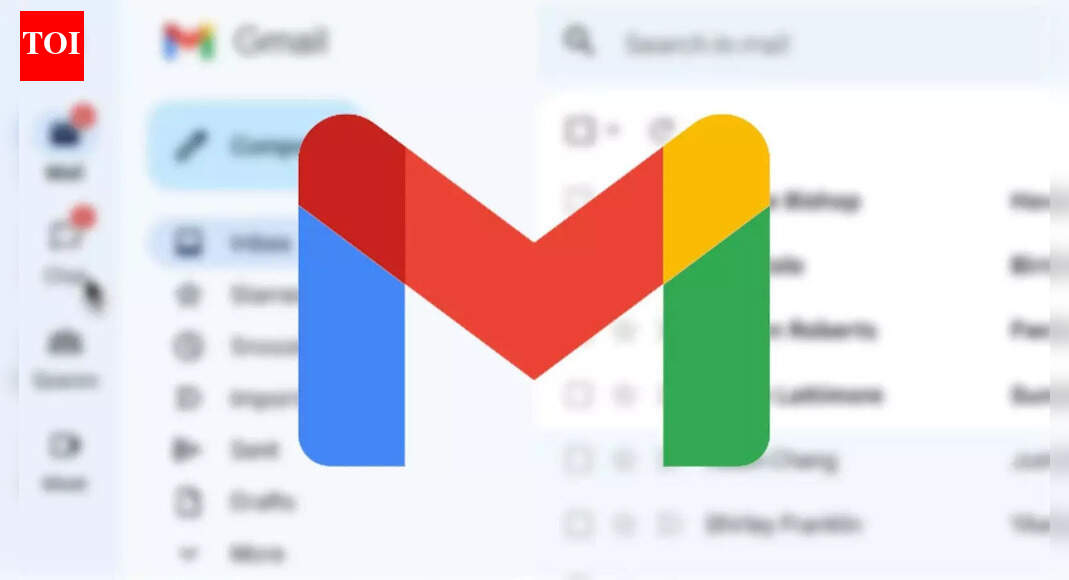
Google is pushing back hard against viral claims that it’s secretly scanning Gmail messages to train its artificial intelligence, calling the reports “misleading” and insisting no policy changes have occurred. “We do not use your Gmail content to train our Gemini AI model,” Google spokesperson Jenny Thomson stated Friday, responding to widespread panic triggered by a security blog post that suggested the company was mining private emails without user consent. The company emphasized that Gmail’s smart features have existed for years and no settings were changed without user knowledge.The controversy erupted after Malwarebytes published findings claiming Google was analyzing private emails and attachments to improve AI tools like Smart Compose and Smart Reply. Social media erupted with concerned users discovering their smart features were enabled by default, sparking fears about privacy violations and prompting many to immediately disable the settings.
Google explains the difference between Smart features and AI training
What exactly are these smart features? They’re the same tools Gmail users have relied on for years: spell checking, predictive text, automatic package tracking, and calendar integration for flights and events. When enabled for Google Workspace, these features use content to “personalize your experience across Workspace”—but Google insists this personalization stays separate from Gemini’s training data.The distinction matters. While smart features analyze your emails to suggest quick replies or flag important messages, Google says that’s fundamentally different from feeding your correspondence into AI models that generate responses for millions of users.
Lawsuit and user complaints challenge Google’s claims
Google’s clarification hasn’t quieted all concerns. A proposed class-action lawsuit filed November 11 alleges the company violated California’s Invasion of Privacy Act by granting Gemini access to private communications in Gmail, Chat, and Meet. Google hasn’t publicly addressed the litigation.Adding to user suspicion, some report their previously disabled smart features were mysteriously re-enabled, though Google denies changing anyone’s settings. Users wanting full control can still disable all smart features through Gmail’s settings menu, with separate toggles for Workspace and other Google products added in a January update.








